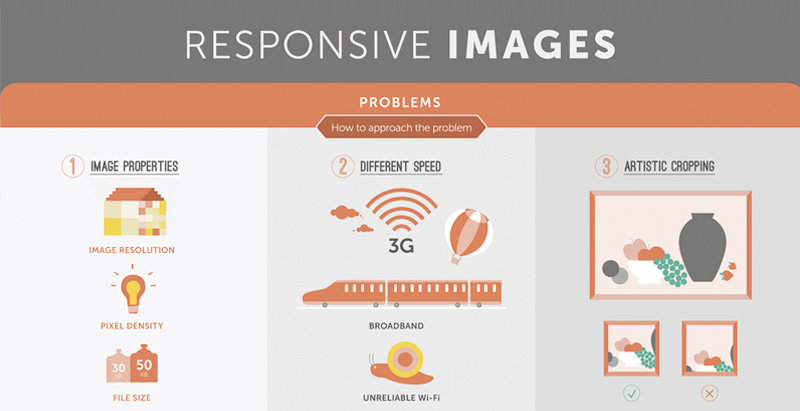Intrigued In Finding Out Exactly How Web Site Layout Has Altered Throughout The Years? Check Out The Journey
Intrigued In Finding Out Exactly How Web Site Layout Has Altered Throughout The Years? Check Out The Journey
Blog Article
Article By-Kahn Hyldgaard
In the past, sites were simple and focused on details. Navigation was straight, and design was for desktop computers. Now, customer experience is vital. Data guides designs for easy navigating. Receptive layouts suit various gadgets. Today, dark setting lowers pressure, and minimalist menus improve navigating. Interactive functions engage users, and strong visuals stick out. AI integration improves engagement. See just how style has developed to enhance your online journey.
Very Early Days of Website Design
In the very early days of website design, simpleness reigned supreme. Web sites were fundamental, with minimal shades, typefaces, and layouts. The emphasis was on giving info instead of showy visuals. Individuals accessed the internet with sluggish dial-up connections, so rate and performance were crucial.
Navigating food selections were straightforward, commonly located at the top or side of the web page. Internet sites were made for home computer, as mobile browsing had not been yet common. Web content was king, and developers prioritized very easy readability over complicated layout aspects.
HTML was the main coding language utilized, and designers needed to function within its constraints. Animations and interactive functions were minimal compared to today's criteria. Websites were fixed, with little dynamic web content or customized user experiences.
Rise of User-Focused Layout
With the development of site layout, a change in the direction of user-focused style concepts has actually become increasingly noticeable. Today, developing internet sites that prioritize user experience is important for involving site visitors and achieving service goals. User-focused style involves recognizing the demands, preferences, and actions of your target audience to customize the site's design, web content, and includes as necessary.
Developers currently perform detailed research, such as user studies and use testing, to collect insights and responses straight from customers. This data-driven approach aids in creating intuitive navigating, clear calls-to-action, and aesthetically enticing user interfaces that reverberate with site visitors. By placing the user at the center of the layout procedure, internet sites can deliver a much more individualized and delightful experience.
Receptive style has also become a key aspect of user-focused layout, guaranteeing that web sites are maximized for different tools and display sizes. This versatility enhances ease of access and usability, accommodating the diverse methods individuals connect with sites today. In essence, the increase of user-focused design symbolizes a change in the direction of producing digital experiences that prioritize the demands and expectations of completion user.
Modern Trends in Website Design
Discover the current trends forming web design today. One famous trend is dark setting layout, offering a streamlined and modern-day look while lowering eye pressure in low-light environments. One more crucial trend is minimalist navigation, simplifying menus and enhancing user experience by focusing on essential elements. Integrating micro-interactions, such as computer animated buttons or scrolling effects, can produce an extra engaging and interactive web site. Receptive layout stays vital, guaranteeing smooth individual experiences across various devices. Furthermore, making use of strong typography and unbalanced layouts can add aesthetic rate of interest and accentuate certain content.
Integrating AI innovation, like chatbots for consumer support or individualized suggestions, boosts customer engagement and improves processes. Ease of visit this web-site has likewise become a significant pattern, with developers focusing on inclusive layout practices to cater to diverse user requirements. Accepting https://www.ratchetandwrench.com/articles/12591-smart-social-keeps-the-car-count-climbing by enhancing web site performance for speed and efficiency is another emerging pattern in web design. Collaborating with customer comments and information analytics to repeat and enhance layout continually is essential for staying appropriate in the ever-evolving digital landscape. By accepting these modern-day fads, you can develop an aesthetically enticing, easy to use site that reverberates with your target market.
Verdict
As you reflect on the development of web site style from the early days to currently, you can see exactly how user-focused design has actually ended up being the driving force behind modern trends.
Embrace the journey of change and adjustment in web design, always maintaining the customer experience at the forefront.
Tippingpointdigital
Stay existing with the most recent patterns and innovations, and never ever stop developing your technique to create visually spectacular and user-friendly sites.
Evolve, adapt, and produce - the future of website design is in your hands.
